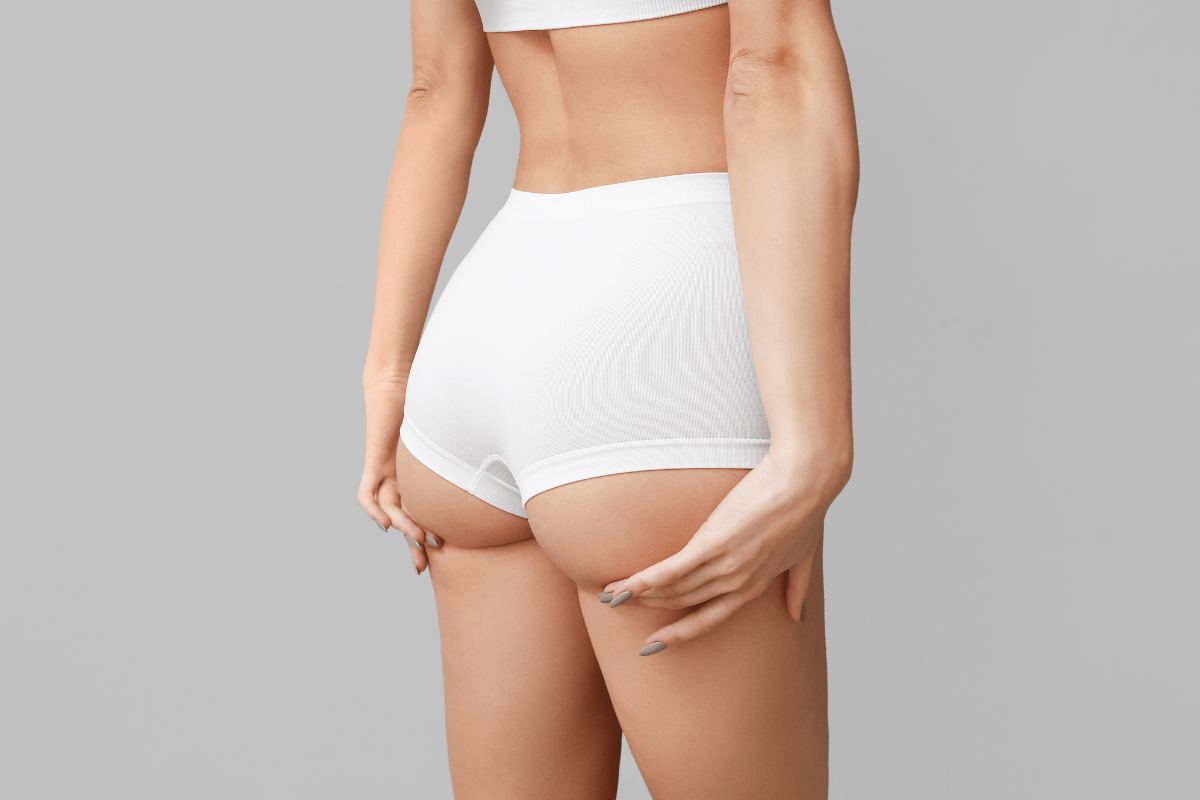
Join now for exclusive pricing & express shipping
Increasing numbers of individuals are turning to aesthetic treatments to address common signs of aging such as smile lines, crow’s feet, and diminished facial and hand volume. Dermal fillers, injected into the face and hands, have proven effective in addressing these concerns and have garnered widespread patient satisfaction, as evidenced by studies conducted on fillers approved by the U.S. Food and Drug Administration (FDA).
Nonetheless, these treatments are not universally suitable. Certain conditions, such as bleeding disorders or particular allergies, may contraindicate their use. Should your healthcare provider deem dermal fillers a suitable treatment option, it is crucial to remember that all medical interventions come with potential benefits and risks. The FDA recommends working with a licensed healthcare provider well-versed in the administration of dermal fillers, familiar with the relevant anatomy, adept at managing potential complications, and who will candidly discuss both the benefits and risks associated with treatment.
Dermal Fillers: A Brief Overview
Dermal fillers are gel-like substances that are injected beneath the skin to smooth wrinkles or to add volume, thereby enhancing the skin’s appearance. Regulated by the FDA as medical devices, the effects of most approved dermal fillers are temporary, as they are made from materials that the body gradually metabolizes. This necessitates repeat procedures to maintain the desired aesthetic effect.
Types of Dermal Fillers
Temporary fillers commonly incorporate materials such as:
One FDA-approved filler, however, is not metabolized by the body. This filler contains polymethylmethacrylate (PMMA) beads suspended in a bovine collagen solution.
FDA-Approved Uses for Dermal Fillers
Approved for use in individuals over 22, dermal fillers are utilized for:
FDA Warnings Regarding Unapproved Fillers
The FDA has not authorized the use of injectable silicone or any filler for body contouring or enhancement. It strongly advises against the injection of fillers into the breasts, buttocks, or intermuscular spaces. Such practices may result in serious injury, including long-term pain, infection, permanent scarring or disfigurement, and even death.
Moreover, the FDA has not approved needle-free devices for filler injection, due to their lack of precision, which can cause serious injuries and even permanent damage. The FDA also strongly advises against purchasing or using lip or facial fillers sold directly to the public, as they may be contaminated or not FDA-approved.
Risks Associated with FDA-Approved Fillers
Like any medical procedure, dermal fillers carry risks. These may include common, transient side effects like bruising, redness, swelling, pain, tenderness, itching, rash, and, if injected into the back of the hand, difficulty performing activities. Less common, but more serious risks can include inflammation, nodules or granulomas, infection, open or draining wounds, allergic reactions, necrosis (tissue death), or unintended injection into blood vessels, potentially resulting in stroke, blindness, or tissue death.
If you wish to have fillers removed due to side effects, additional procedures or surgery may be required, each with their own inherent risks.
Consumer Tips Regarding Injectable Dermal Fillers
Ensure you are working with a licensed healthcare provider experienced in dermatology or plastic surgery and knowledgeable about dermal filler administration. They should use properly labeled, sealed vials or pre-filled syringes of FDA-approved filler. Understand the type of product to be injected and the possible risks. Never purchase dermal fillers sold directly to the public, and never attempt to inject yourself.
Dermal Fillers vs. Botulinum Toxin Products
The FDA has approved botulinum toxin products such as Botox, Dysport, Xeomin, and Jeuveau to treat facial wrinkles. These are not dermal fillers, but work by relaxing facial muscles, reducing the appearance of wrinkles. The safe combination of dermal fillers and botulinum toxin products has not been evaluated in clinical trials.
Side effects from these injectable drugs can include facial weakness, eyelid and brow drooping, localized pain, swelling, redness, and bruising at the injection site. In rare cases, double vision, dry eyes, or difficulty swallowing or breathing may occur. They are not recommended for use while pregnant or breastfeeding.